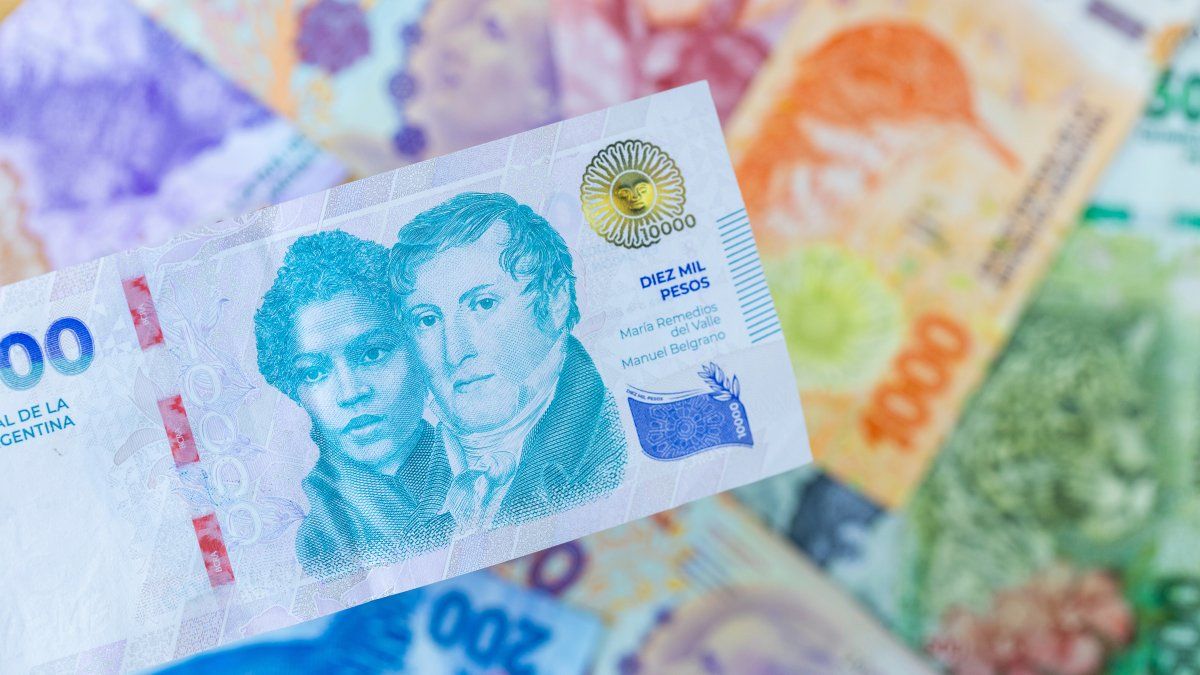From panic to fury there seems to be only one step: greed, as so well preached by the famous character in Oliver Stone’s film, Wall Street, the investment banker Gordon Gekko. This seems to be confirmed once again, when after the shock experienced by the markets a few days ago by the combo of Bank of Japan (BoJ) policy shift that caused the Dismantling of the global carry trade and fears of recession in the USinvestors seem to have resumed this type of betting.
The yen against the dollar was trading at just over 154 units before the BoJ raised interest rates late last month. Of course, it had already been appreciating with the shift in Japanese monetary policy from the highs of 162 yen per dollar in mid-July. Thus, It plummeted to 143 yen on August 6 amid the unravelling of the carry trade and the collapse of global markets. But after the markets recovered, due to the good data from the US economy that encourage the Fed to lower the rate in September and the statements of BoJ officials that they will pause the rate increase, among other things, In recent days, the yen was seen to depreciate again, climbing to levels of 147 units per dollar up to almost 150.
“Carry trade”: back in the ring
“The return of the carry trade in the markets also stands out in the last week, despite headlines about panic buying in yen after the BoJ hike and the correction of the Nikkei”the legendary restaurant warned its customers this Friday BNYM bank, which highlights that the current sale of safe havens and the buying high-yield bonds They spread with the Mexican peso and Turkish lira against the Taiwanese dollar and the yen.
“The yen’s change from 142 to 149 per dollar reflects the downward shift in US rate cuts from 50 basis points to 25 basis points in September,” he explained before the opening of business.
For his part, the strategist of BCA Research, Dhaval Joshi, has been warning that the analysis of the complexity of prices strongly suggests that the “carry trade” of the yen and the Artificial Intelligence (AI) bubble are one and the same operation, based on three conditions: that Japanese interest rates should not rise, that the yen should not appreciate and that American superstar stocks should continue to generate high and stable returns. So he argues that, over a cyclical horizon of 6 to 12 months, It is highly unlikely that the three pillars of the yen carry trade will remain stable. So if one leg fails, the whole business will collapse, which is why I advise against being too heavily positioned in US superstar stocks.
Other currency carry trade operators such as Nomura or the ATFX platform pointed out to the Bloomberg agency that after the recent debacle These bets would be returning to the investors’ menu. They say they are seeing a range of investors returning selling yen to invest the profits in other more profitable assetsabove all, the hedge funds and large corporations, active participants in this financial business.
They explain that after the latest US economic data (retail sales, etc.), several investors sold yen to buy Australian dollars and British pounds. According to ATFX, they have seen an increase of up to 40% in short yen positions in the last week on the back of the hedge funds and premium investors.
What’s next: two key meetings for the future of the carry trade
Certainly, the statements from the BoJ leadership in the midst of the recent debacle, that They would not raise rates any further If financial markets are unstable, they were music to the ears of such speculators. In this regard, it is worth noting that Next week two events will take place, perhaps key to the future of the “carry trade”: On the same day (the 23rd) the traditional meeting of central bankers in Jackson Hole (USA) where the Fed chief will speak, Jerome Powell, and his Japanese colleague, Kazuo Ueda, will address the Japanese Parliament.
But as Stéphane Renevier de Finimize (abrdn) recalls, Carry trades are a dominant force in the market that inject liquidity, suppress volatility and promote a sense of calm and stability, which benefits not only investors, but also regulators and central banks. “The problem is that, as economist Hyman Minsky would point out, “stability breeds instability.”
“This apparent calm can mask the accumulation of risks that remain hiddenoften until it is too late, as for example the subprime crisis.” “That is the problem with carry trade operations: They may seem like a bargain for years, because the returns are compensation for a small but real risk of massive losses, which may not have yet materialized. But as we saw last week, when volatility returns, often suddenly and violently, “Carry trades can not only fail, but can also trigger a chain reaction of selling, intensifying market declines.”
Source: Ambito
I am a 24-year-old writer and journalist who has been working in the news industry for the past two years. I write primarily about market news, so if you’re looking for insights into what’s going on in the stock market or economic indicators, you’ve come to the right place. I also dabble in writing articles on lifestyle trends and pop culture news.




